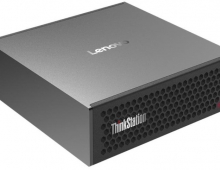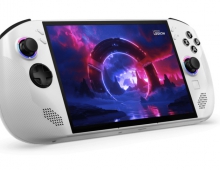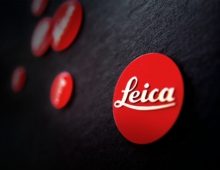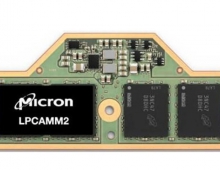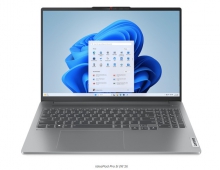
Lenovo to Adopt Movidius VPU Technology for VR Products
Lenovo has signed a deal with Movidius in order to bring virtual reality to more of its products in the future. Movidius will proovide advanced vision processing technology to a variety of VR-centric Lenovo products.
The deal means that Lenovo will be able to source the Myriad 2 Vision Processing Unit (VPU) and custom computer vision algorithms for various virtual reality projects. Myriad 2 is an ultra-low power chip designed specifically for handling challenging vision-based tasks such as head tracking, gesture recognition, and blending multiple video streams into interactive VR video. Thanks to the small size and thermal footprint of Myriad 2, it’s able to power extremely compact handheld and head-worn devices.
The Myriad 2 VPU features a flexible configuration of 12 programmable vector cores, allowing Lenovo to implement custom algorithms to meet the needs of a wide range of products. With a built-in Image Signal Processor (ISP) and hardware accelerators, the Myriad 2 offloads all vision related tasks from a device’s CPU and GPU, improving performance while only consuming a single Watt of additional power.
The first Lenovo products featuring Myriad 2 are expected in 2nd half 2016. More details to follow at Lenovo’s Tech World event taking place June 9th in San Francisco.
Among other announcements in the event, Lenovo is expected to provide more details about its Project Tango smartphone, a product co-developed with Google that includes augmented reality features.
Google uses Movidius technology in its own Project Tango development kit, which sells for US$512 including a tablet.
Lenovo already sells a headset called ANT VR, which uses a smartphone to provide VR capabilities, much like the Samsung Gear.

